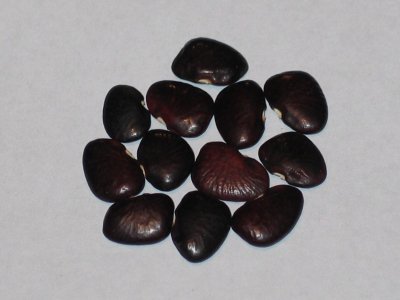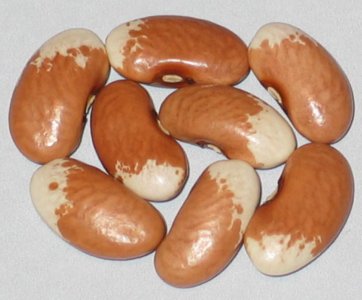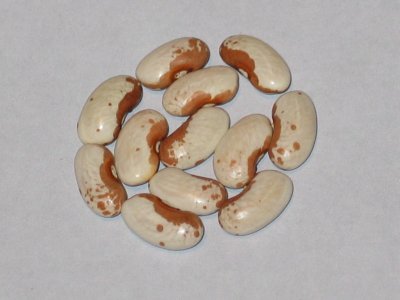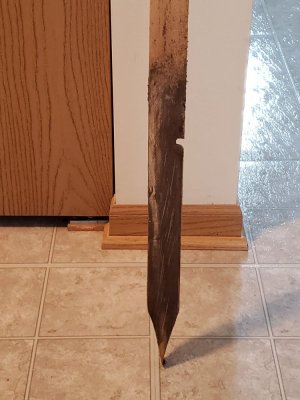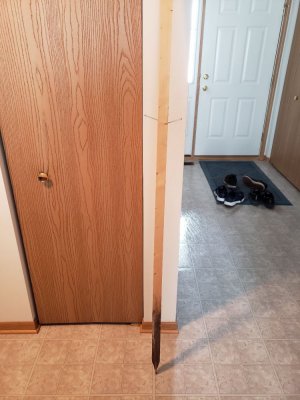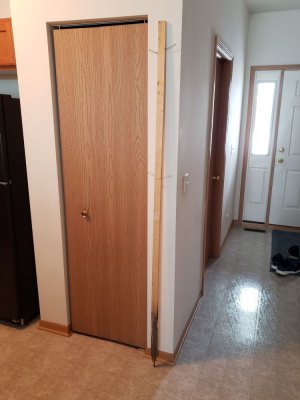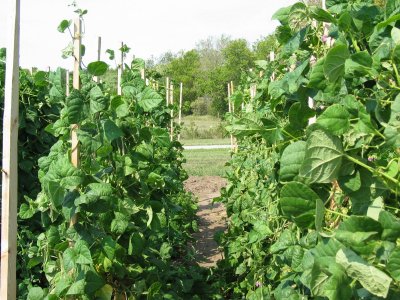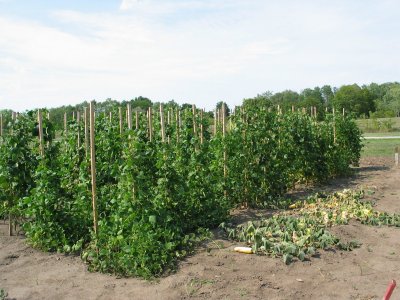flowerbug
Garden Master
Yesterday was sunny, I pulled big weeds in the garden and dug out clumps of fescue. The pigs and sheep enjoyed the treats. Today, more of the same. The garden was tilled first of February but needs it again. The fescue clumps bog down the tiller so we are pulling them up. I can’t wait to plant my Black Cattle beans from last year, that aren’t black. LOL And the purple podded green beans,
@BeanWonderin thats a great recycle and idea on the Christmas trees!
you can tell he's got the selection down right, no tinsel or other ornaments to cause problems later.
today might be nice enough here to get outside and get some gardening done. pretty soggy though. we'll see...

